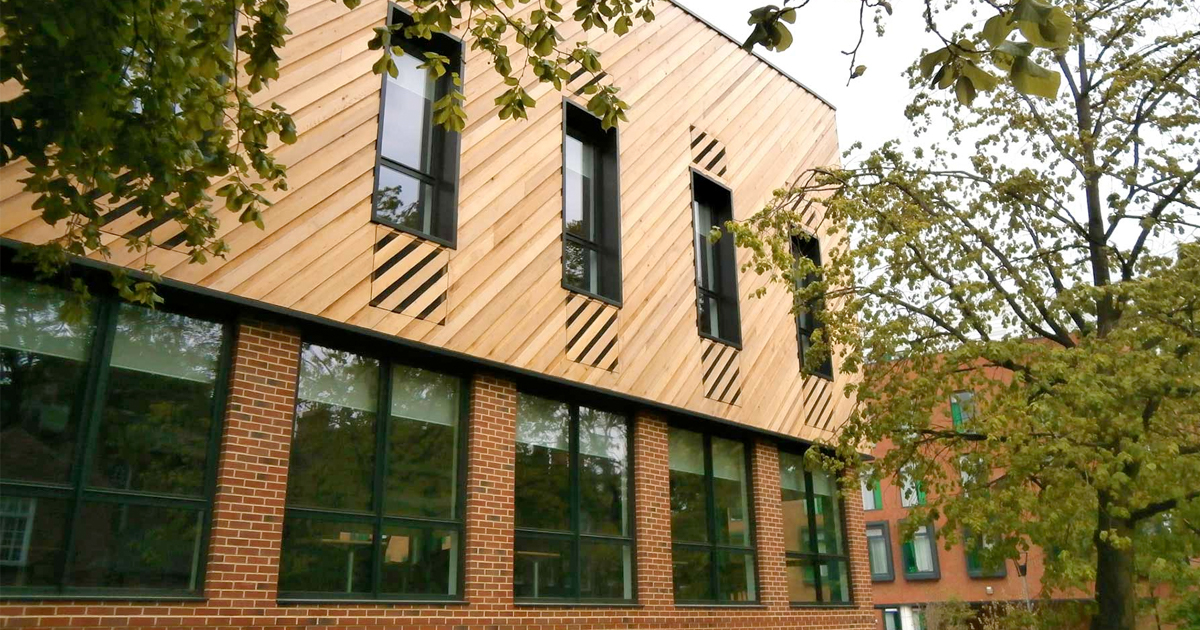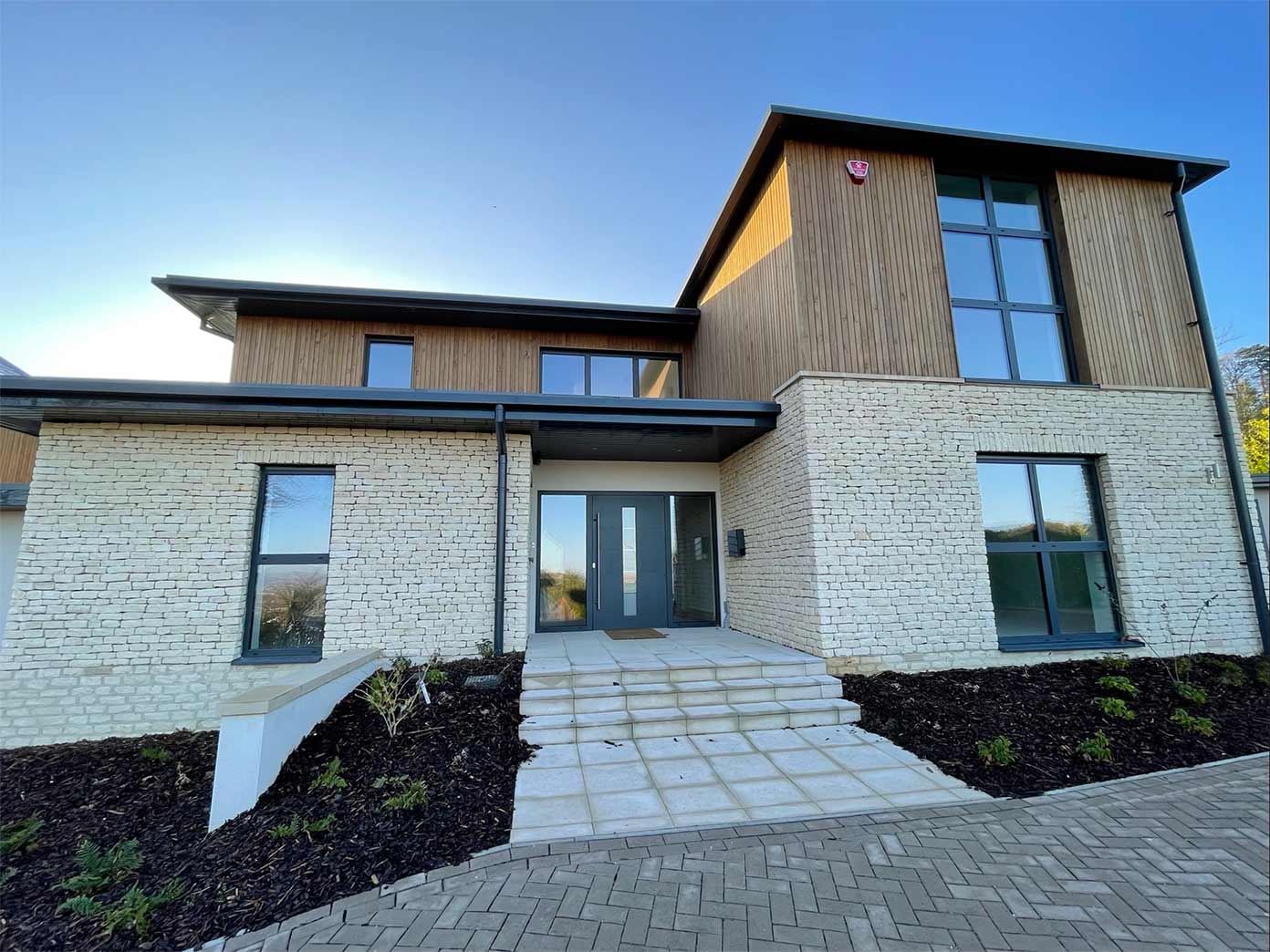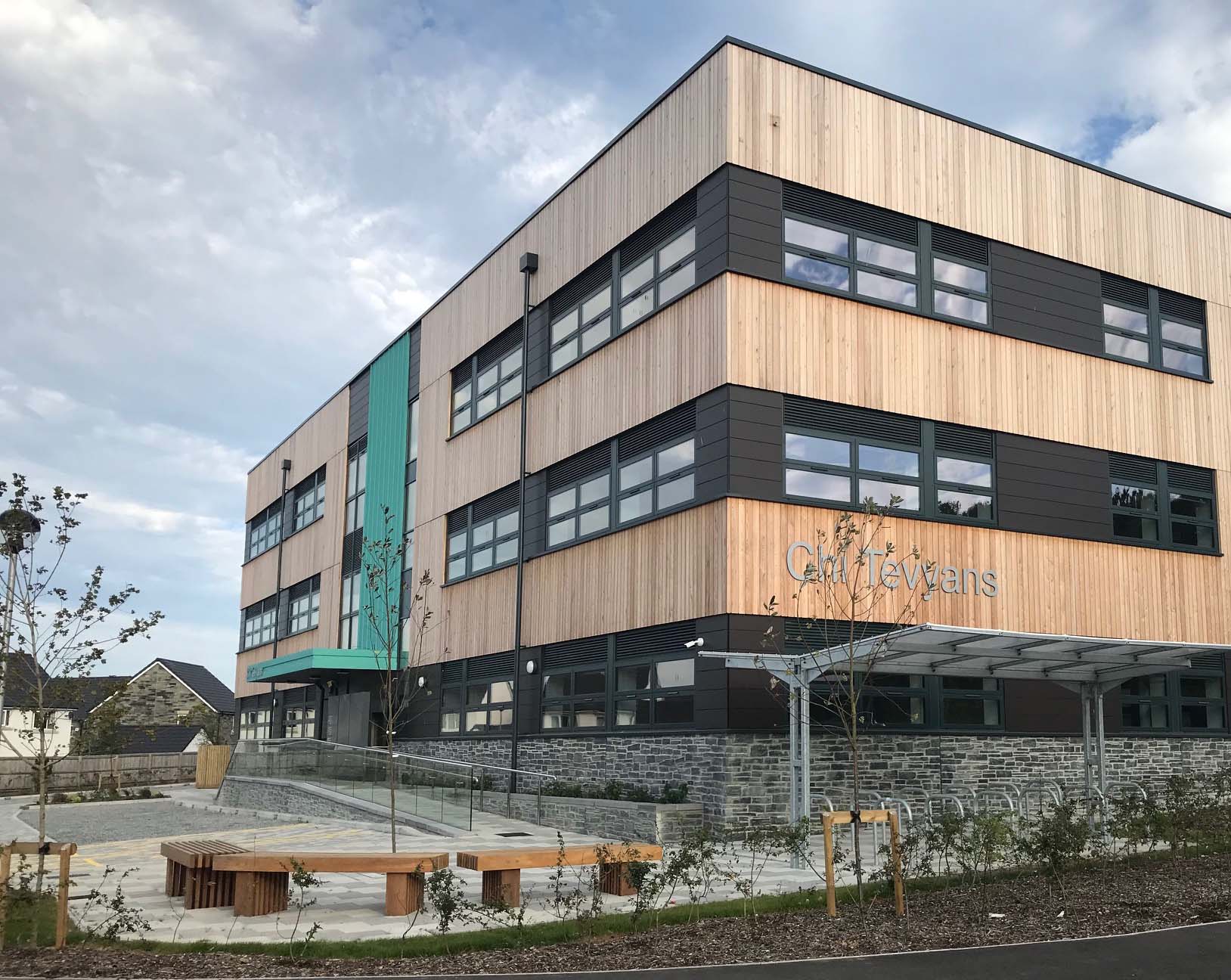Understanding Timber Cladding Fire Regulations in the UK
When embarking on a timber cladding project, getting to grips with the relevant fire regulations is key. If your external walls don’t end up with the correct fire rating, you could face serious consequences. Luckily, timber can be safely used on a wide variety of buildings, and its fire safety enhanced through treatment.
NORclad is an industry-leading manufacturer and supplier of quality, environmentally friendly wood cladding to businesses and private clients all over the UK. Our factory-applied fire protection treatment has fortified the safety and compliance of numerous cladding projects.
In this blog, we outline the fire regulations in place for external cladding and how this applies to timber.

Fire Regulations for External Cladding
In the UK, building regulations state that the materials used for the external wall construction or external wall cladding should not be a medium for the spread of fire. Approved Document B (ADB) requires that consideration is given to the choice of materials as well as their arrangement used for external wall construction, attachments to the wall, or cladding, to reduce the risk of fire spread. This is intended to help reduce the risk of vertical fire spread and to adjacent buildings.
Specific fire ratings are required depending on building height, use, and distance from adjacent properties. The accepted standard is ‘Euro Class’ which has replaced British Standards (Class 0, Class 1 etc).
For buildings under 18 metres:
- The fire rating of external cladding should be Euro Class B or better if it is within 1m of the boundary. If it is more than 1m from the boundary, no rating is required.
For relevant buildings over 18 metres:
- The fire rating of external cladding should be Euro Class A, whatever distance it is from the boundary. Euro Class A materials are also known as non-combustible, providing little or no contribution to fire.
- Here, ‘relevant’ is taken to mean a building with a storey at least 18 metres above ground level which contains one or more dwellings, an institution, or a room for residential purposes (but not hostels, hotels, or boarding houses).
Is Wood Cladding a Fire Risk?
Technically, large masses of wood are difficult to ignite quickly. This is due to a phenomenon where the exterior surface charrs, forming a protective layer that shields the core and reduces the rate of fire spread. As a result, choosing timber for your external wall cladding should not present an excessive fire risk unless the building in question falls into one of the categories stipulated above and a specific fire rating is required.

What Fire Rating Does Timber Cladding Need to Have?
Most wood has a fire rating of Euro Class D. This means untreated cladding isn’t suitable for buildings under 18 metres and within 1m of a boundary, and buildings over 18 metres any distance from a boundary. To become suitable for the external wall construction or cladding of these types of structures, the fire rating of wood would need to be boosted to Euro Class B. If you have your heart set on timber cladding for your external wall but you’re concerned it won’t meet building regulations, Euro Class B is possible with the right treatment.
The Importance of Correctly Specifying Euro Class B Fire Treatment on Timber Cladding >
Can You Fireproof Timber Cladding?
Timber cladding can be treated with flame retardant chemicals to dramatically improve its fire rating and enable use in a larger variety of buildings. A rating of D can be enhanced to B using this method, making it possible for buildings with specific fire safety requirements to leverage the environmental and aesthetic benefits of timber.
It’s important to note, however, that wood cannot have its fire rating improved to class A because wood is inherently a combustible material. As a result, it won’t be suitable for buildings over 18 metres that are residential, institutional, or multi-occupancy. Aside from these specific instances, however, wood can continue to prove a safe and versatile material for construction.
Learn more: How to Fire Protect Your Timber Cladding

Flame Retardant for Timber Cladding
Flame retardant treatments reduce the surface spread of flame, heat, and smoke. This provides valuable extra time for evacuation and fire suppression in the event of an emergency. If it is stipulated by building regulations or a fire assessment that your building needs to adhere to a certain fire rating, flame retardants can boost timber cladding to Euro Class B – allowing only very limited spread of flame.
The two most common methods of applying flame retardant are either impregnation in high pressure autoclaves, or surface applied under factory controlled conditions. Pre-treatment in factory settings ensures temperature and humidity can be monitored, the chemicals are applied correctly and with the coverage necessary to guarantee performance.
Fire Protected Timber Cladding to British & European Standards
Many projects requiring specific fire ratings can still harness the unparalleled versatility and beauty of timber. NORclad’s range of high quality timber cladding is available with fire protection to Euro Class B. To find out more about our range, don’t hesitate to get in touch with our team or request a quote.
Read next: Do You Need Planning Permission for Timber Cladding?
Read next: Finding the Right Timber Cladding Suppliers & Installers


















